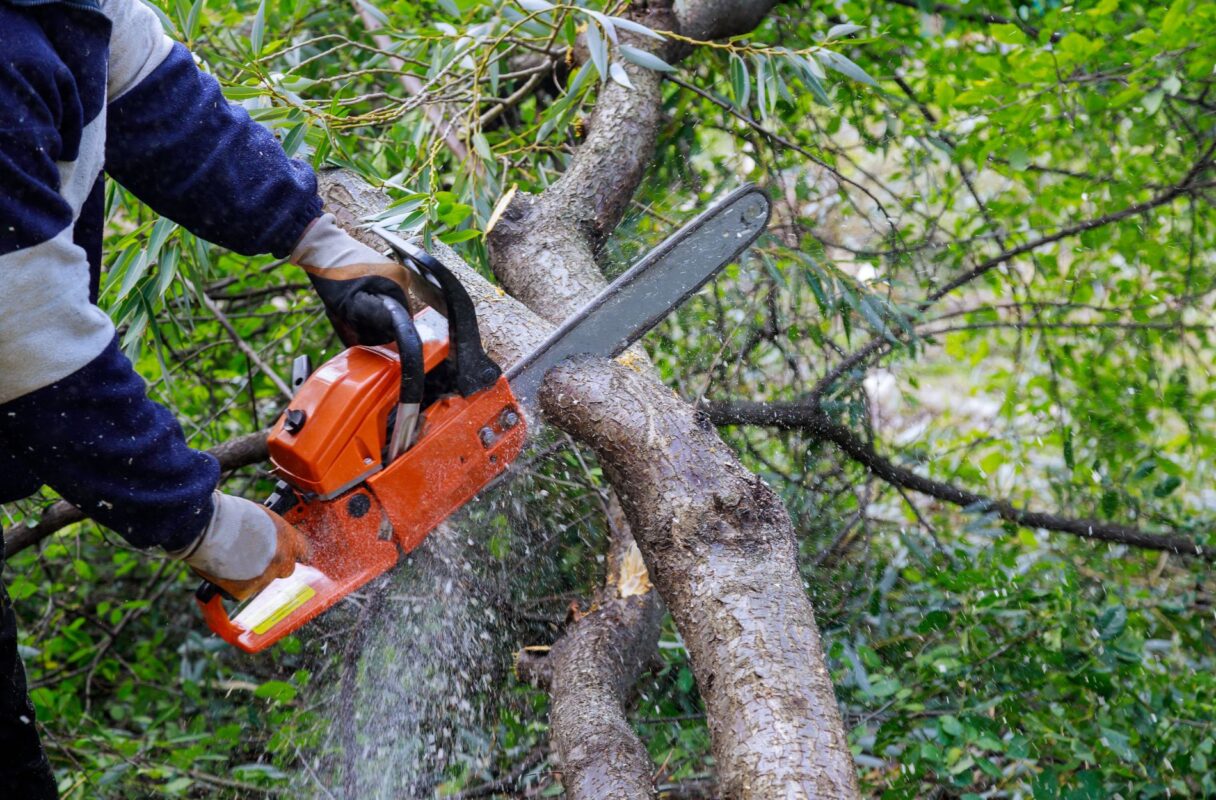Eco-Friendly Tools
Choosing the Right Gas Tool for Your Home Projects
When selecting gas tools for various projects, understanding what you need and the options available is crucial. Different tasks require different tools, and gas-powered options offer unique advantages in power and versatility. Knowing how to match the right tool to your project’s requirements can make all the difference in efficiency and effectiveness.
First, it’s essential to assess the needs and specifications of your project. This involves understanding the scope of the work, the materials you’ll be dealing with, and the conditions under which you’ll be operating. By identifying these factors, we can determine the most suitable gas tools to accomplish the job.
Gas tools come in various types, each designed for specific tasks. From chainsaws and lawn mowers to pressure washers and nail guns, the range of options can be overwhelming. Familiarising ourselves with the different types of gas tools helps us make informed decisions that can tackle our projects with ease.
Key features like power output, portability, and fuel efficiency are important considerations when choosing a gas tool. These features influence the tool’s performance and suitability for specific tasks. Understanding these attributes ensures that we select tools that not only meet but exceed our expectations.
Lastly, safety is a paramount concern when using gas tools. Knowing the best practices and safety tips can prevent accidents and prolong the life of our tools. By following recommended guidelines, we can ensure a safe and productive work environment, allowing us to focus on getting the job done right.
Assessing Your Project Needs and Requirements
Before selecting a gas tool, it’s important to assess the specific needs of your project. Start by identifying the scope of the work. Are you trimming trees, mowing a large lawn, or cleaning a driveway? Understanding the task at hand helps us narrow down the type of tool that will be most effective.
Consider the materials you’ll be working with. For example, if your project involves cutting through thick branches, a powerful chainsaw is necessary. If you’re dealing with a large grassy area, a high-capacity lawn mower would be more suitable. Each task requires a tool designed to handle the specific material efficiently.
Also, evaluate the working conditions. Are you in a remote location without easy access to electricity? Gas tools are ideal for such scenarios because they do not require a power outlet and can be refuelled on-site. This portability ensures that we can complete our work without interruptions.
By carefully considering these factors, we can make informed decisions about which gas tools will meet our project’s requirements effectively. This foresight saves time and ensures that the job gets done correctly.
Understanding Different Types of Gas Tools
Gas tools come in various types, each tailored to specific tasks. Knowing the different types available helps us choose the right tool for the job.
1. Chainsaws: Ideal for cutting down trees, trimming branches, and cutting firewood. They offer powerful cutting capabilities that manual saws cannot match.
2. Lawn Mowers: Perfect for mowing large lawns quickly and efficiently. Gas-powered mowers provide the strength needed to cut through thick grass and weeds.
3. Pressure Washers: Useful for cleaning driveways, patios, and garden furniture. They deliver high-pressure water jets that can remove stubborn dirt and grime.
4. Leaf Blowers: Excellent for clearing leaves and debris from gardens, driveways, and pavements. Gas blowers are powerful and can cover large areas swiftly.
5. Nail Guns: Used in construction to drive nails into wood or other materials quickly. Gas nail guns are portable and powerful, suitable for heavy-duty projects.
By understanding these different types of gas tools, we can select the one best suited to our needs. This knowledge ensures that we have the right tool for every task, making our work more efficient and effective.
Key Features to Look For
When selecting gas tools, certain key features can significantly impact performance and usability. Understanding these features helps us make informed choices and ensures that the tools meet our specific requirements.
Power Output: A high power output is essential for heavy-duty tasks. Look for tools with sufficient horsepower or kilowatt ratings that can handle the toughest jobs with ease. This is especially important for tasks like cutting thick branches or mowing large areas.
Portability: The ability to move freely while working is crucial. Gas tools, free from power cords, offer excellent portability. Check for features like lightweight design and ergonomic handles that make the tool easier to carry and operate over extended periods.
Fuel Efficiency: Efficient fuel consumption not only reduces running costs but also minimises environmental impact. Select tools that are designed for better fuel efficiency, which means less frequent refuelling and lower overall fuel costs.
Durability: Tools that are built to last provide better value over time. Look for sturdy construction and high-quality materials that can withstand rigorous use. Features like reinforced housings and weather-resistant components enhance longevity.
Ease of Use: User-friendly features such as simple start mechanisms, adjustable settings, and clear instructions make operating gas tools more convenient. Tools that are easy to use help us complete tasks more efficiently and effectively.
By focusing on these key features, we can choose gas tools that are well-suited to our needs, offering power, portability, efficiency, and durability.
Safety Tips and Best Practices
Safety is paramount when using gas tools. By following proper safety tips and best practices, we can minimise the risk of accidents and ensure smooth operation.
Wear Protective Gear: Always wear appropriate protective equipment, such as safety goggles, gloves, and ear protection. This helps shield us from debris, loud noises, and potential injuries.
Read the Manual: Before using any gas tool, carefully read the instruction manual. Understand the tool’s features, operating procedures, and safety precautions. This knowledge is vital for safe and effective use.
Inspect the Tool: Regularly check the tool for any signs of damage or wear. Ensure that all parts are in good working condition before use. Replace any damaged components immediately to prevent malfunctions.
Fuel Safety: Handle fuel with care. Store it in approved containers and keep it away from ignition sources. Refuel the tool in a well-ventilated area and avoid overfilling the tank to prevent spills.
Operate with Caution: Use the tool as intended and never exceed its operational limits. Be mindful of your surroundings and maintain a safe distance from others while operating the tool. Always shut off the tool when not in use or when moving to a different location.
Maintain Proper Posture: When using gas tools, maintain a stable stance and proper posture to avoid strain and injury. Keep your balance and ensure a secure footing, especially on uneven or slippery surfaces.
By adhering to these safety tips and best practices, we can protect ourselves and ensure the longevity of our gas tools.
Final Thoughts
Choosing the right gas tools involves careful consideration of your project needs, understanding the types of gas tools available, evaluating key features, and prioritising safety. By following these guidelines, we can make informed decisions that enhance our work efficiency and tool performance.
Each project is unique, and selecting the right tools ensures that we are equipped to handle any task, whether it’s trimming trees, mowing lawns, or cleaning driveways. Gas tools offer the power and versatility needed for a wide range of applications, making them an invaluable part of our toolkit.
Safety should always be a priority. Wearing protective gear, understanding tool operations, and practising safe handling of fuel are essential steps in preventing accidents and ensuring smooth operation. Maintaining our gas tools with regular inspections and proper care also prolongs their lifespan, providing reliable performance for years to come.
To find the best gas tools for your needs, visit Bernzomatic and explore our selection of high-quality, durable, and efficient tools designed to make your projects easier and more effective.


